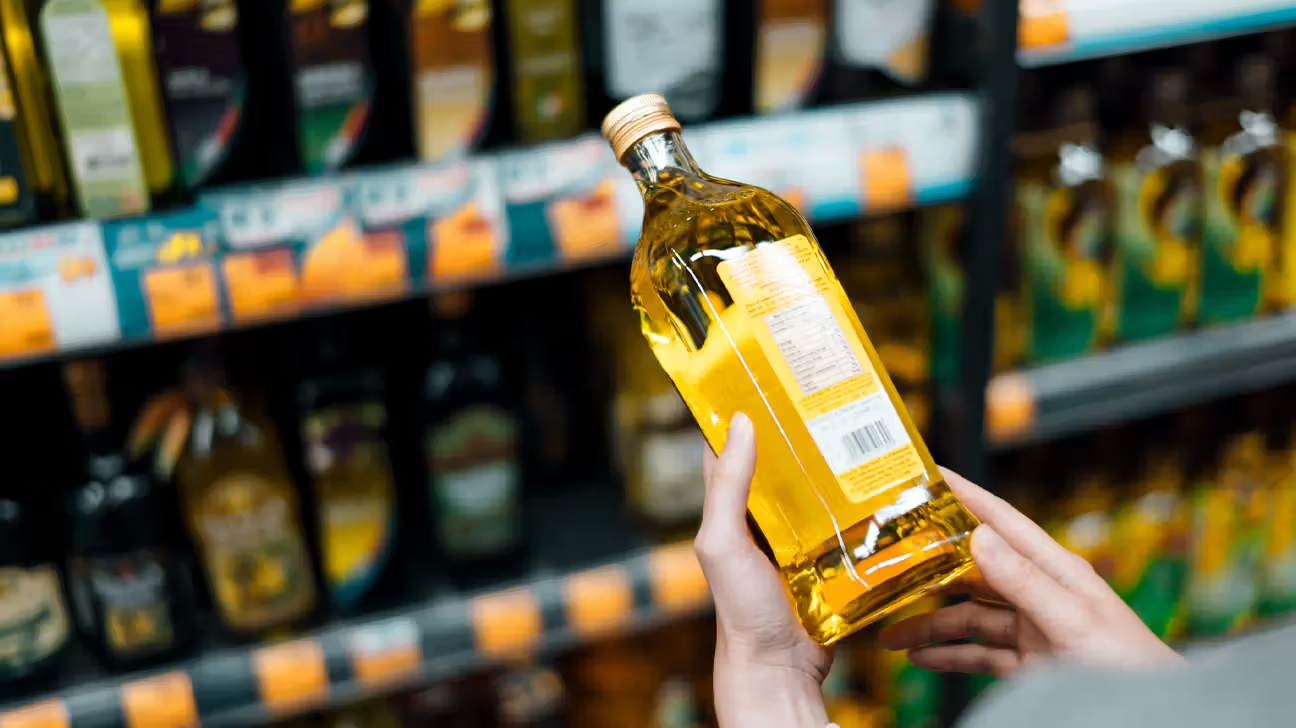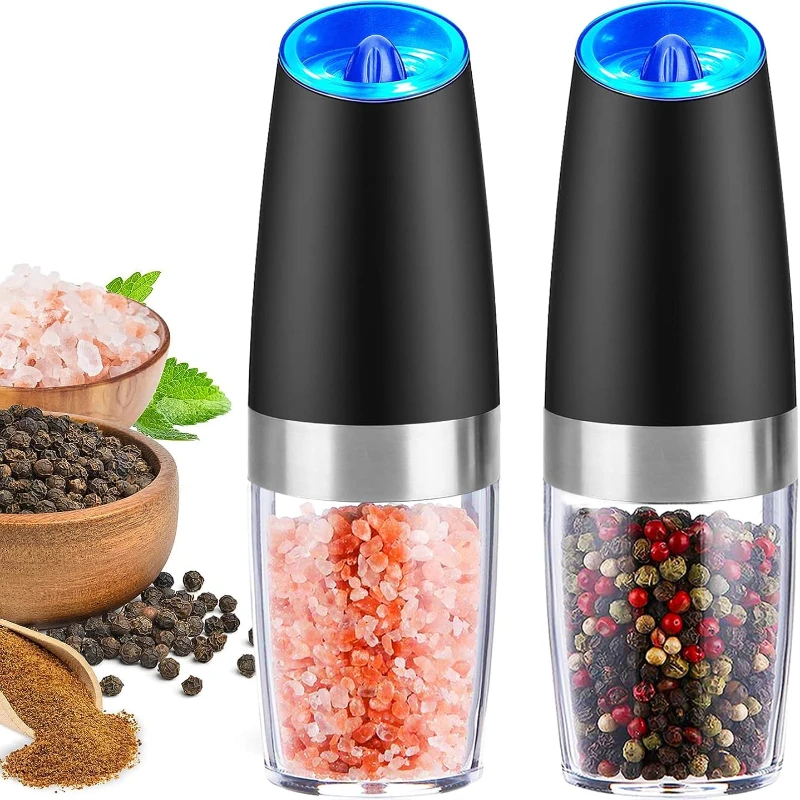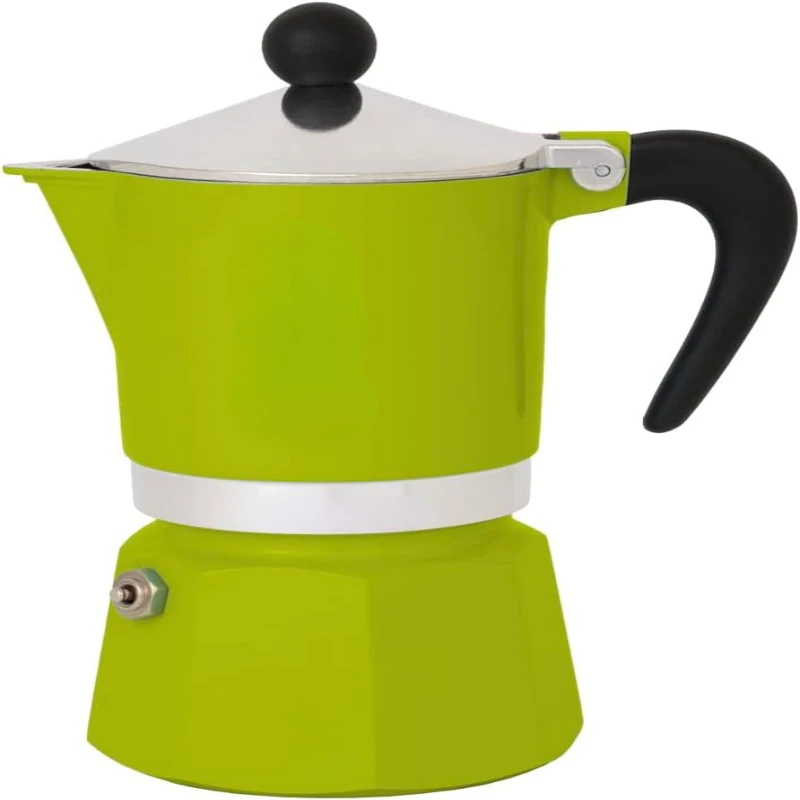Explore the nuanced differences between canola oil and vegetable oil, two kitchen essentials renowned for their versatility and culinary utility. Delve into their origins, nutritional profiles, and cooking applications to make informed choices in your culinary endeavors.
Explore the nuanced differences between canola oil and vegetable oil, two kitchen essentials renowned for their versatility and culinary utility. Delve into their origins, nutritional profiles, and cooking applications to make informed choices in your culinary endeavors.
Gimply dummy text of the printing and typesetting industry. Lorem Ipsum has been the industry’s standard dummy text ever since the 1500s
Delving into Canola Oil
Canola oil, a product of plant crossbreeding, traces its origins back to Canadian scientists' endeavors in the 1970s. Derived from a specially cultivated variety of rapeseed, canola oil represents an edible adaptation of its parent plant, which harbors toxic compounds like erucic acid and glucosinolates.
In contrast to its precursor, canola oil undergoes stringent processing to ensure its erucic acid content remains below 2 percent, rendering it safe for consumption. The name "canola" itself is a nod to its Canadian origins, with "can" symbolizing Canada and "ola" denoting "oil, low acid."
Prized for its mild flavor and neutral aroma, canola oil emerges as a go-to choice for culinary enthusiasts seeking to impart minimal taste interference in their dishes or tackle high-heat cooking endeavors. Moreover, its commendable nutritional profile, characterized by low saturated fat levels and absence of trans fats, underscores its status as a heart-friendly option, courtesy of its rich monounsaturated fat content.

Exploring Vegetable Oil Diversity
In the realm of culinary oils, "vegetable oil" serves as an encompassing term, encompassing a diverse array of extracts sourced from seeds or fruit parts. From soybean and grapeseed to olive and avocado, the vegetable oil category spans a spectrum of offerings, each boasting unique flavor nuances and nutritional attributes.
Like its canola counterpart, vegetable oil boasts a neutral taste profile and high smoke point, rendering it an asset in a myriad of cooking scenarios. However, its exact nutritional composition varies depending on the constituent ingredients. For instance, while soybean-based vegetable oils like Crisco typically exhibit low saturated fat content and zero trans fats, canola oil stands out for its unparalleled saturation levels among vegetable oil varieties.
Navigating the Smoke Point Conundrum
Central to culinary oil selection is the smoke point, the temperature threshold at which oil begins to degrade, emitting undesirable odors and imparting a burnt taste to dishes. Fortunately, both canola oil and vegetable oil boast impressively high smoke points, affording them versatility in deep-frying, sautéing, and other high-temperature cooking methods.
Canola oil flaunts a respectable smoke point of 400 degrees Fahrenheit, while vegetable oil derived from corn or soybeans can withstand temperatures up to 450 degrees Fahrenheit. This robust thermal resilience ensures that both oils remain steadfast allies in the kitchen, capable of tackling a diverse range of cooking challenges with aplomb.
Embracing Versatility: Interchangeability and Beyond
One of the hallmarks of canola oil and vegetable oil lies in their interchangeability, affording cooks the flexibility to seamlessly substitute one for the other in recipes. While subtle taste differentials may exist, the end result remains largely unaffected, whether you're frying, baking, or sautéing. However, individuals mindful of saturated fat intake may gravitate towards canola oil for its superior nutritional profile.
Preserving Oil Integrity: Storing Tips for Longevity
Regardless of your oil preference, proper storage is paramount to preserving its freshness and flavor integrity. Opt for dark, cool storage spaces to shield oils from light and heat-induced degradation. Additionally, consider investing in smaller oil bottles to minimize waste, as prolonged storage can trigger oxidation and rancidity. A simple sniff test can help discern if your oil has gone bad, ensuring optimal culinary outcomes with every use.







